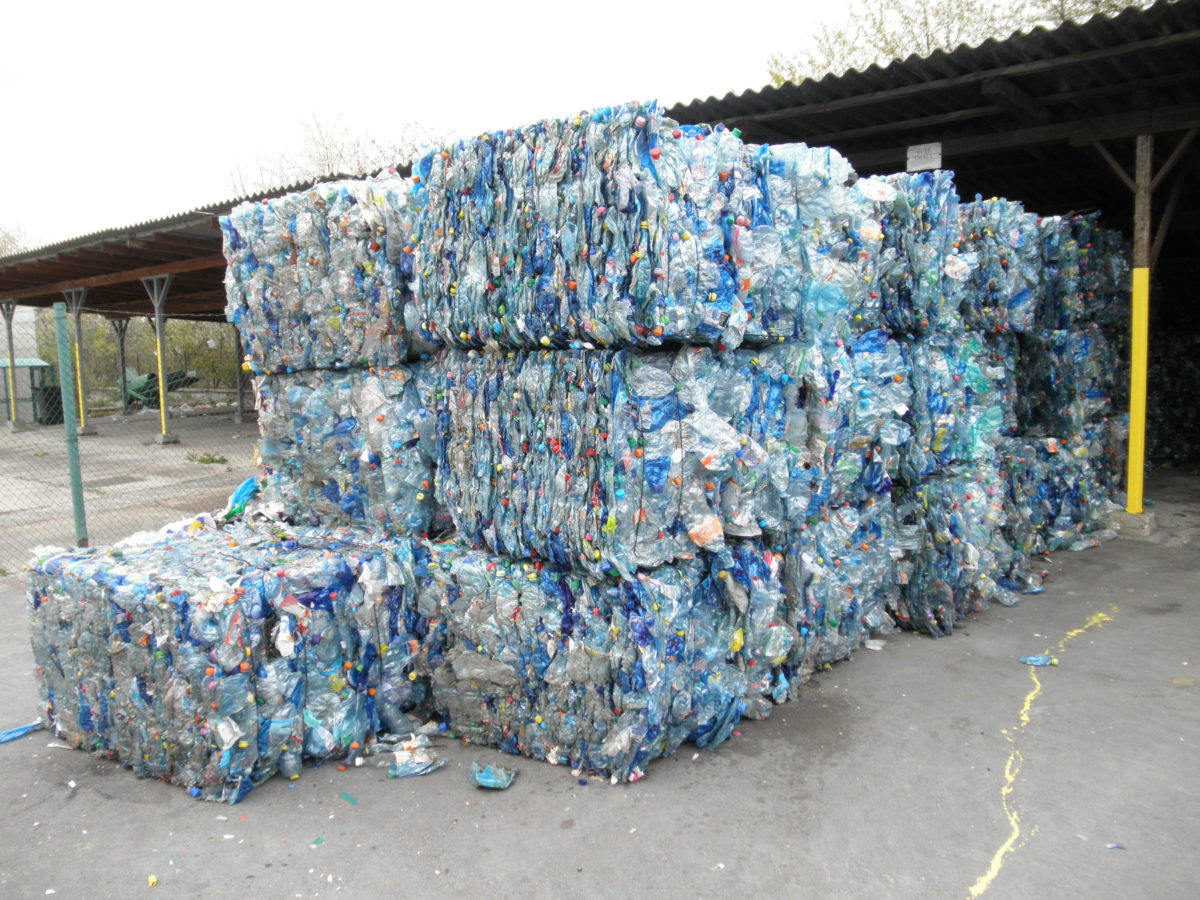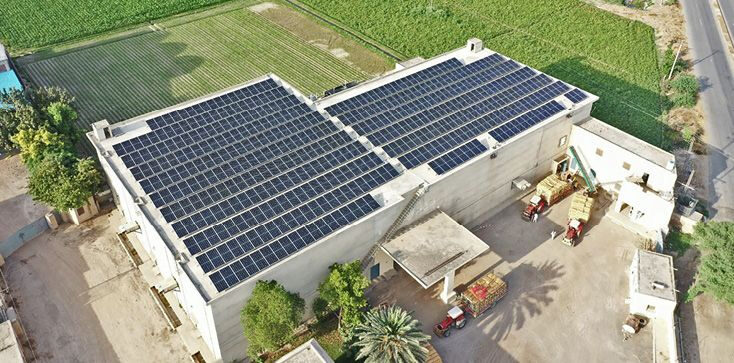Scientists at Purdue University in the U.S. state of Indiana have developed a process to convert waste plastic into battery components.
Polyethylene terephthalate (PET) is one of the most heavily used materials in the world and is found in food and drinks packaging, polyester clothing and a huge range of other consumer and industrial materials. Though widely recycled, the mountains of PET in circulation make it a significant contributor to plastic pollution – North American plastics industry association PETRA estimates only 31% of the material in the U.S. is recycled, and only 52% in Europe.
The Purdue researchers could help PET be “upcycled” into battery components using a process described in the paper Rapid Upcycling of Waste Polyethylene Terephthalate to Energy Storing Disodium Terephthalate Flowers with DFT Calculations, published in ACS Sustainable Chemistry & Engineering.
The group used ultra-fast microwave irradiation to convert PET flakes into disodium terephthalate (DST) in a process the university says took around two minutes. The researchers confirmed the purity of their DST using microscope techniques.
“The applicability of the microwave technique on organic reactions has gained attention in recent times due to its advantage of [a] rapid reaction process,” said Purdue associate professor Vilas Pol. “We have accomplished the complete conversion of PET to disodium terephthalate within 120 seconds, in a typical household microwave set-up.”
Battery performance
The Purdue team used a modelling method known as Density Functional Theory to calculate the potential performance of their synthesized DST in batteries.
The calculations showed a DST-carbon black composite anode could deliver a discharge capacity of 182 milliamp-hours per gram (mAh/g-1) in a lithium-ion cell, and 224 mAh/g-1 in a sodium-ion cell. Both calculations relied on a current density of 25 mA/g-1 after 50 cycles, stated the paper.
The paper describes synthesized DST as a “low-cost, environmentally-benign, organic molecular compound” and Pol said the material was sustainable and recyclable.
No information was provided about the potential scalability of the microwave process and it was not clear how the price of synthesized DST would compare with the graphite most commonly used as anode material in lithium-ion batteries.
Raw material sourcing in batteries
This content is protected by copyright and may not be reused. If you want to cooperate with us and would like to reuse some of our content, please contact: editors@pv-magazine.com.




I almost thought this was a late posting of an April 1st article! I will be waiting to hear news of how the DST-carbon black composite anodes perform in battery cell prototypes as compared to the Density Functional Theory modelling.
Does the future using only Clean, Green & Sustainable Solar Energy for a ZERO POLLUTION OPTION require Batteries to overcome the “Nightime” issue when there is no sunlight…. and consequentially no Solar Power?
Initial “Gut Reaction” is…. yes… yes… yes…
However…. what if Solar Power could be transmitted Globally from the side facing the sun and to the Other Side?
A Zero Pollution Option using Distributed AgriVoltaic on <10% of the 15MKm2 of Agricultural Land can easily Power the World for ALL its Energy (not just Electricity) Needs… by installing ~133TW of PV Panels using the AgriVoltaics Option.
Such a "System" would probably require an Effective Global "Energy Transfer Capability" of about 40-60TW….. and eliminate ANY NEED FOR GRID/NIGHT SUPPORT BATTERIES TOO.
1100KV DC Transmussion Systems are already Operating…. and can be moved to higher Voltages if desired to achieve TW Capabilities in the future…. with NO PERIODIC BATTERY REPLACEMENT COSTS & TOXIC WASTES…
I would urge…. The Solar Energy Industry to:
• "Grow up" and address use of Solar Energy for ALL ENERGY NEEDS (and not limit itself to Electricity only) to implement a ZERO POLLUTION FUTURE.
• Demand Development of a Global Terrestial Electric Grid for transfer of Energy from the Sunny to Dark side of the Globe…. eliminating need for Polluting and Expensive Batteries.
Would love to hear more about cross-globe power transmission. Do you have a link to how this is proposed to be done?